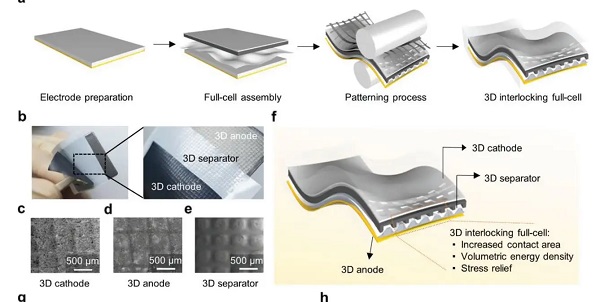Lithium-ion battery separator, in the structure of lithium battery, the separator is one of the key inner components. For the lithium battery series, since the electrolyte is an organic solvent system, a diaphragm material resistant to organic solvents is required, and a high-strength thin-film polyolefin porous film is generally used.

1. Performance of lithium-ion battery separator products
Since the performance of the lithium-ion battery separator determines the key characteristics of the lithium-ion battery, such as capacity, cycle performance, and charge-discharge current density, the separator is required to have appropriate thickness, ion transmission rate, pore size and porosity, and sufficient chemical stability. performance, thermal stability and mechanical stability.
Lithium-ion battery separator has a large number of zigzag through micropores, which can ensure the free passage of electrolyte ions to form a charge-discharge circuit; when the battery is overcharged or the temperature rises, the separator separates the positive and negative electrodes of the battery through the closed-pore function to prevent them from directly Contact and short circuit to block current conduction and prevent the battery from overheating or even exploding.
2. Classification of lithium-ion battery separators
According to different physical and chemical properties, lithium battery separator materials can be divided into: woven membrane, non-woven membrane (non-woven fabric), microporous membrane, composite membrane, separator paper, laminated membrane, etc. Polyolefin materials have excellent mechanical properties, chemical stability and relatively cheap characteristics, so polyolefin microporous membranes such as polyethylene and polypropylene have been used as lithium battery separators in the early stages of lithium battery research and development. Although other materials are used to prepare lithium battery separators, such as F, Boudin et al. used phase inversion method to prepare lithium battery separators with polyvinylidene fluoride (PVDF) as bulk polymer in 1999; Kuribayash Isao et al. studied cellulose composite membranes as lithium battery separator materials .
However, until now, commercialized lithium battery separator materials still mainly use polyethylene and polypropylene microporous membranes. Solid and gel electrolytes are beginning to be used as a special component, playing the role of electrolyte and battery separator at the same time, which is an emerging technical means.



